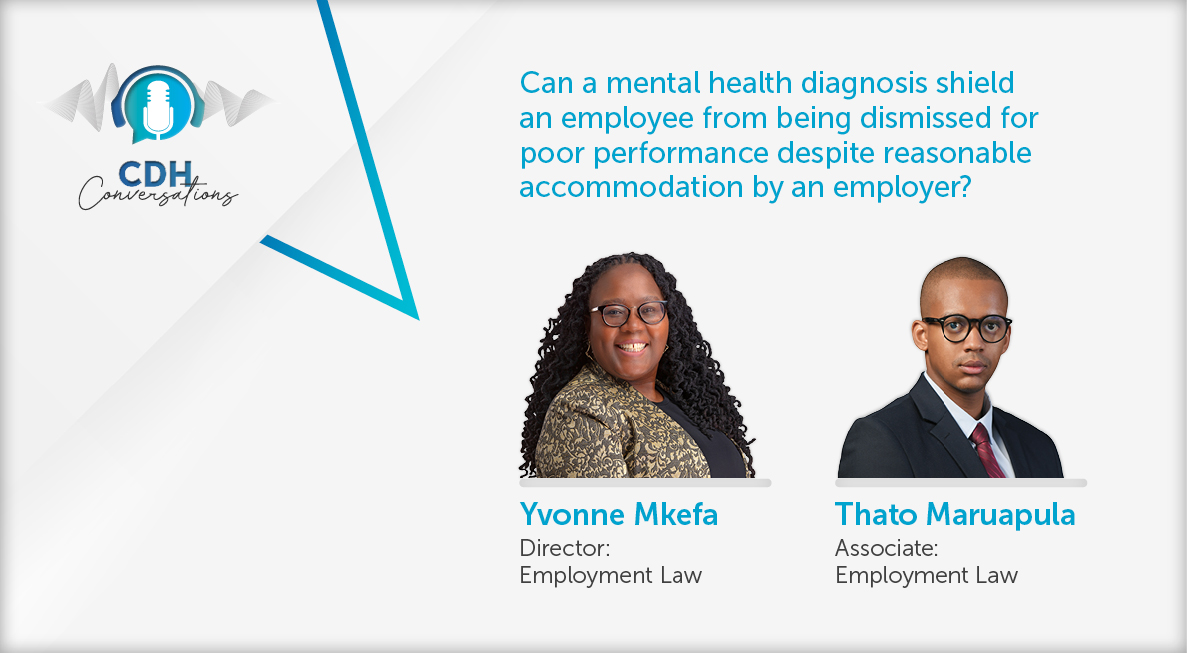What NOT to do when under business rescue
In the matter between First Rand Bank Limited and Dr LL Wolmarans and another (2020) the Northern Cape High Court was asked to step in and protect the rights of an affected creditor where a business rescue was voluntary commenced, but it later emerged that the true reason for the business rescue was to afford the controlling minds of Lyndoch 432 CC (Lyndoch) more time to squeeze as much they could out of the business with no real intent to rescue the business.
The applicant, First Rand Bank Limited (the Bank) in its capacity as the main creditor, brought an application in terms of section 133(1)(b) of the Companies Act to lift the mortarium on legal proceedings against a company under business rescue, and if so lifted, that the court order, (1) the setting aside of the voluntary business rescue resolution adopted by the members of Lyndoch and (2) for the winding-up of Lyndoch. Notwithstanding the Bank’s interest in the matter, the application also arose pursuant to and in circumstances where the appointed business rescue practitioner and first respondent, Dr LL Wolmarans’ (Dr Wolmarans) powers had clearly been curtailed and his ability to do his work hamstrung from the very start by the members of Lyndoch. The court later held that Dr Wolmarans was a business rescue practitioner of a “blatantly uncooperative” second respondent, Lyndoch.
In dealing with the merits of the application, the court also had to consider Lyndoch’s application for a postponement, along with a condonation application for filing supplementary papers.
What is clear from this judgment is that the court will not allow respondents, under business rescue, to abuse its process in order to avoid and delay the consequences of legitimate litigation against it and in particular where there is no prospect of rescuing the business.
The background of this case dates back almost four years. During 2016, the Bank, Lyndoch and certain sureties entered into a deed of settlement agreement in an attempt to avoid litigation. In breach of the agreement, Lyndoch, only made two payments resulting in its outstanding debt to the Bank growing to R5.5million. To recover the amounts owed, the Bank arranged for an auction of Lyndoch’s main asset, the Lyndoch farm. However, as is frequently the case with unscrupulous business rescue proceedings, Lyndoch placed itself under business rescue by adopting a resolution in the nick of time, bringing the Bank’s auction plans to a halt, in accordance with the moratorium imposed in terms of section 133 of the Act.
Subsequently, 27 months passed and no business rescue plan had been adopted. Dr Wolmarans contended that this was due to Lyndoch’s lack of cooperation and their unwillingness to provide funding for the business rescue proceedings. It had also come to light that the members of Lyndoch failed to disclose to the business rescue practitioner certain of the business’ income streams and that those same members had been keeping some of these profits for themselves. Finally, in February 2018, Dr Wolmarans issued a notice to all affected parties, stating that there was no possibility of rescuing the company and that he will apply to court for liquidation order. The Bank beat him to it, resulting in this judgment.
Having granted the Bank leave to bring the application, the court, in deciding the issues before it, first had to consider Lyndoch’s application for postponement and the request to file further papers brought by the members of Lyndoch (not the business rescue practitioner, who decided to abide by the court’s decision). The court found that Lyndoch’s postponement application was without merit and that in the submissions made on its behalf, no good cause had been shown on part of Lyndoch. In refusing Lyndoch’s application, the court also considered and criticized Lyndoch’s general attitude throughout the course of the business rescue proceedings, and specifically the members’ actions toward Dr Wolmarans.
It is trite that in order for a business rescue practitioner to perform its duties properly, the practitioner needs to be aware of all the activities of the business, have access to its full financial statements and receive the necessary funding from the business in question to formulate, and implement, its business rescue plan. On the facts, it was clear that this had not been the case, with a member of Lyndoch conceding in an affidavit filed as part of the proceedings that “In this respect I might have not fully taken the business rescue practitioner into my confidence”. This was a slight understatement, as the court found that Dr Wolmarans had been kept in complete darkness. The court made it clear that it will not tolerate an abuse of process in order to delay the inevitable and given the clear statement by Dr Wolmarans that there is no prospect of rescuing the business, a postponement of the matter would not be entertained.
Turning then to the application for winding up brought by the Bank, the court made reference to the Supreme Court judgment in Naidoo v Absa Bank 2014 (4) SA 597 (SCA), where it was held that sequestration proceedings are not legal proceedings to enforce an agreement, but rather a way to set the machinery of law in motion. Although the application in question was one for liquidation of a close corporation and not the sequestration of a private person, the law relating to the two are similar. As such the Bank is entitled to bring an application for liquidation.
In assessing the merits of the application, the court held that Lyndoch was clearly indebted to the Bank, commercially insolvent and in financial distress. The only instance in which the court can exercise its discretion to not grant the liquidation order, is where Lyndoch can establish that it will pay its debts if not liquidated. From the facts, this was clearly not the case. Having regard to the prejudice to the Bank and a possible concursus of creditors, the court found that it was in the interest of justice that a provisional winding up order be granted.
This judgment once again reminds us of the importance of cooperation between the members/directors of a company/close corporation in business rescue and the business rescue practitioner. It is essential for all the parties to work together towards the same goal, otherwise the business rescue is destined for failure and liquidation becomes inevitable. Trust, transparency and teamwork is the key to a successful business rescue.
The information and material published on this website is provided for general purposes only and does not constitute legal advice. We make every effort to ensure that the content is updated regularly and to offer the most current and accurate information. Please consult one of our lawyers on any specific legal problem or matter. We accept no responsibility for any loss or damage, whether direct or consequential, which may arise from reliance on the information contained in these pages. Please refer to our full terms and conditions. Copyright © 2026 Cliffe Dekker Hofmeyr. All rights reserved. For permission to reproduce an article or publication, please contact us cliffedekkerhofmeyr@cdhlegal.com.
Subscribe
We support our clients’ strategic and operational needs by offering innovative, integrated and high quality thought leadership. To stay up to date on the latest legal developments that may potentially impact your business, subscribe to our alerts, seminar and webinar invitations.
Subscribe




